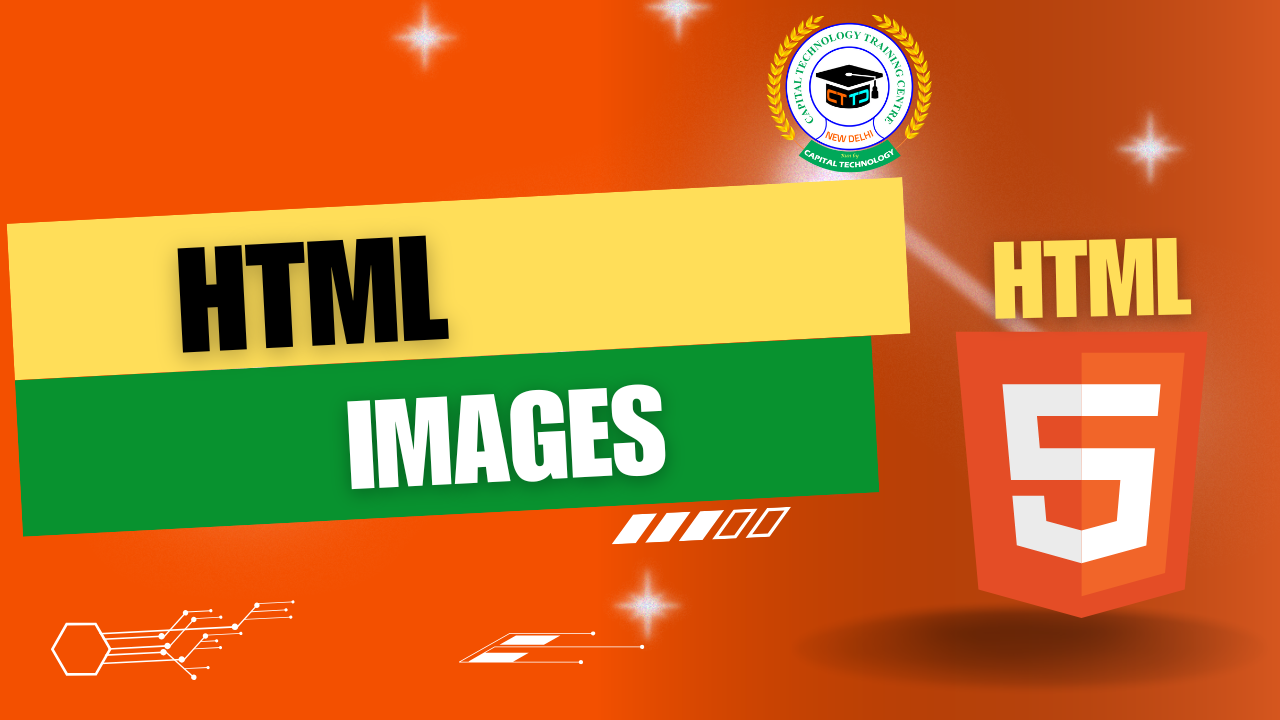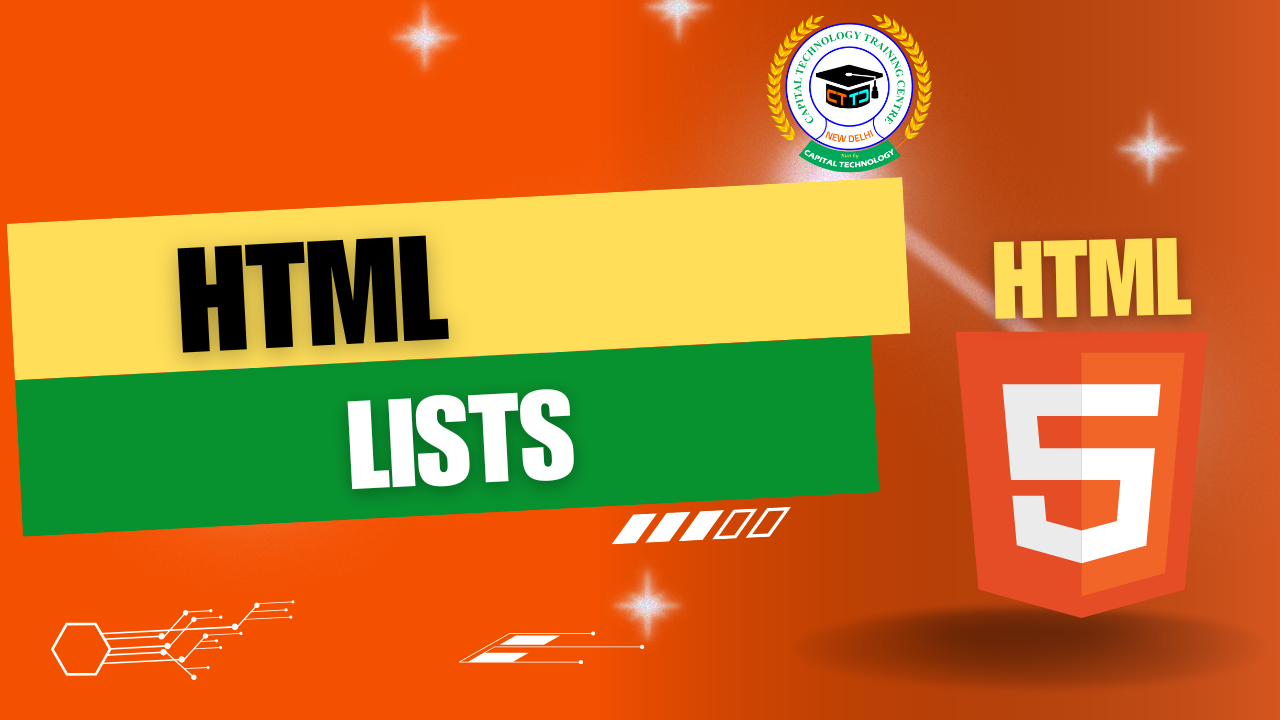– The Foundation of Every Web Page
Have you ever visited a website and wondered how the content is displayed on the screen? The answer lies in HTML — the basic building block of the web. Whether you’re designing a personal blog or a professional website, HTML is the first step toward becoming a web developer.
In this blog, we’ll explore what HTML is, the difference between tags and elements, a bit of its history, how to create your first HTML page, and important concepts like attributes.
What is HTML?
HTML stands for HyperText Markup Language.
It is the standard language used to create and structure web pages. HTML is not a programming language — it’s a markup language that tells a web browser how to display text, images, links, and other content on a page.
HTML Tags vs. HTML Elements
Understanding the difference between tags and elements is important for beginners.
✅ HTML Tag:
A tag is a keyword enclosed in angle brackets that defines the start or end of an element.
Example:
html
CopyEdit
<p> </p>
Here, <p> is the opening tag, and </p> is the closing tag.
✅ HTML Element:
An element includes the opening tag, content, and the closing tag.
Example:
html
CopyEdit
<p>This is a paragraph.</p>
This entire line is an HTML element.
A Brief History of HTML
- 1989: HTML was invented by Tim Berners-Lee to share documents over the internet.
- 1991: The first version of HTML was released.
- 1995: HTML 2.0 standardized the language.
- 1997–1999: HTML 4.01 became widely adopted.
- 2014: HTML5 was finalized, introducing modern features like video/audio, canvas, and semantic elements.
Today, HTML5 is the standard used across the web.
How to Design Your First HTML Page
Here’s how you can create a simple HTML page in just a few steps:
✅ Step 1: Open a Text Editor
Use editors like Notepad, Visual Studio Code, or Sublime Text.
✅ Step 2: Write Basic HTML Code
html
CopyEdit
<!DOCTYPE html>
<html>
<head>
<title>My First Web Page</title>
</head>
<body>
<h1>Hello, World!</h1>
<p>This is my first HTML page.</p>
</body>
</html>
✅ Step 3: Save the File
Save it as index.html.
✅ Step 4: Open in a Browser
Right-click the file and open it in Chrome, Firefox, or any browser.
Congratulations! You just created your first HTML page!
HTML Attributes
Attributes provide additional information about HTML elements. They are always included in the opening tag.
Example:
html
CopyEdit
<img src=”image.jpg” alt=”Sample Image” width=”300″>
Here:
- src tells the browser where the image is located.
- alt describes the image if it fails to load.
- width controls the image size.
Common attributes include:
| Attribute | Description |
| href | URL for links |
| src | Source of an image or video |
| alt | Alternative text for images |
| class | Assigns a CSS class to an element |
| id | Unique identifier for styling or JS |
| style | Inline styling for elements |
Quick Tips for Beginners
- Always close your tags.
- Use proper indentation for readability.
- Use the <!DOCTYPE html> declaration at the top of every HTML5 page.
- Learn semantic tags like <header>, <footer>, <main>, etc., for better structure.
Conclusion
HTML is the first step in your web development journey. It’s simple, readable, and powerful enough to bring your ideas to life on the web. Whether you’re building a resume website or planning to become a full-stack developer, mastering HTML is non-negotiable.
“Every expert web developer started with a single <html> tag. Start yours today.”




